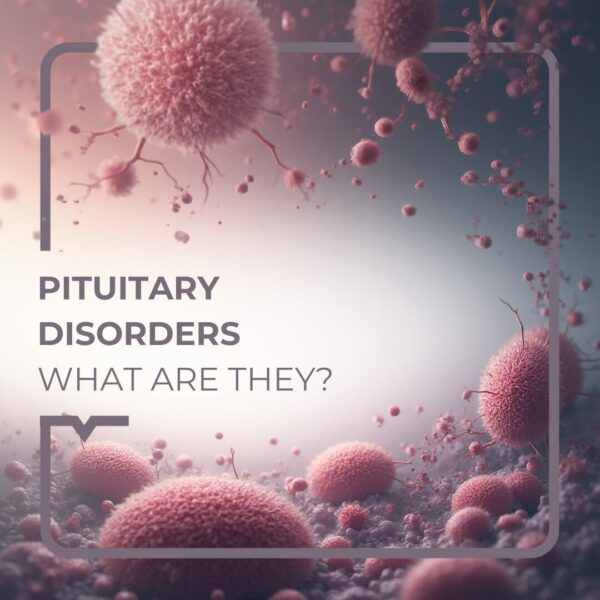Tiago, aged 28, becomes worried after discovering a small, painless lump on his testicle. He also notices a persistent sensation of heaviness. This unexpected finding prompts him to question his health, as he never imagined that such signs could indicate a serious condition.
But what exactly is testicular cancer? Who is at risk, and how can it be treated?
Hello, Dr Joy here!
In this article, we will explore testicular cancer, the key symptoms to look out for, risk factors, and the diagnostic and treatment options available to ensure a favourable outcome.
I – What is testicular cancer?
Testicular cancer develops when malignant (cancerous) cells form within the tissues of the testicle. The testicles, located in the scrotum, produce male sex hormones and sperm.
It usually develops on one side only (unilaterally), affecting a single testicle, although bilateral involvement is possible but very rare.
It is the most common solid cancer in men aged 15–35, but it can occur at any age, including in children.
II – Causes and risk factors
The exact cause of testicular cancer remains unknown. It occurs when healthy cells begin to grow and divide abnormally, forming a tumour. Almost all cases originate in the germ cells, which are responsible for producing sperm.
Although the exact cause is unclear, several factors increase the risk:
- Age: particularly common in adolescents and young men (15–35).
- Undescended testicle (cryptorchidism): greatly increases risk.
- Family history: higher risk if relatives have had the disease.
- Infertility: infertile men have a higher likelihood of developing it.
- Abnormal testicular development: conditions such as Klinefelter syndrome increase risk.
- Personal history of testicular cancer.
III – Signs and symptoms to watch for
Early diagnosis relies on awareness of initial symptoms and proper testicular self-examination. Many patients ignore symptoms for long periods, allowing the disease to progress.
Warning signs include:
- A painless lump or nodule on the testicle.
- Swelling of the testicle, with or without pain.
- A feeling of heaviness in the scrotum.
- Pain in the testicle, scrotum, groin, or abdomen.
- Reduced size of one testicle.
- Fluid accumulation in the scrotum.
- Breast tenderness or changes in male breast tissue.
Most patients present with a painless testicular mass, although persistent pain may sometimes be present.
IV – Diagnosis and staging
Diagnosis is usually made by a urologist. It begins with medical history and a physical examination to detect lumps or swelling.
Additional tests include:
- Scrotal ultrasound: to evaluate the testicle and detect suspicious nodules.
- Blood tests: checking for tumour markers such as AFP, β-hCG and LDH.
- Biopsy: tissue sampling for laboratory analysis. If needed, it must be performed inguinally, never through the scrotal skin.
After diagnosis, staging determines the extent of the disease:
- Stage 0: germ cell neoplasia in situ.
- Stage I: cancer confined to the testicle.
- Stage II: involvement of retroperitoneal lymph nodes.
- Stage III: advanced cancer with metastases beyond the abdomen.
The main tumour types are:
- Seminoma (most common, slow-growing, sensitive to chemo and radiotherapy)
- Non-seminoma (faster-growing, less sensitive to radiation or chemotherapy).
V – Treatment and prognosis
Testicular cancer is curable, and the prognosis is very good for most men, especially with early detection and treatment.
The first treatment step is usually surgery:
- Sperm cryopreservation: recommended before orchiectomy and essential before chemotherapy, radiotherapy, or retroperitoneal surgery.
- Radical inguinal orchiectomy: removal of the entire testicle and spermatic cord via a small incision in the groin. A testicular prosthesis may be considered if appearance is a concern.
- Post-surgery options depend on stage and tumour type:
- Active surveillance: periodic check-ups; recommended for stage 0 and some stage I cases.
- Chemotherapy: used if metastases are present or if there is a high risk of hidden disease. It may cause permanent infertility.
- Radiotherapy: mainly for seminomas.
- Retroperitoneal lymph node dissection: surgical removal of abdominal lymph nodes.
- Active surveillance: periodic check-ups; recommended for stage 0 and some stage I cases.
Long-term specialist follow-up is essential and should never be discontinued.
Beijinhos,
Dr Joy
This information is not a substitute for medical advice.
You must seek the advice of your doctor or another qualified health professional with any questions you may have regarding your health condition.



